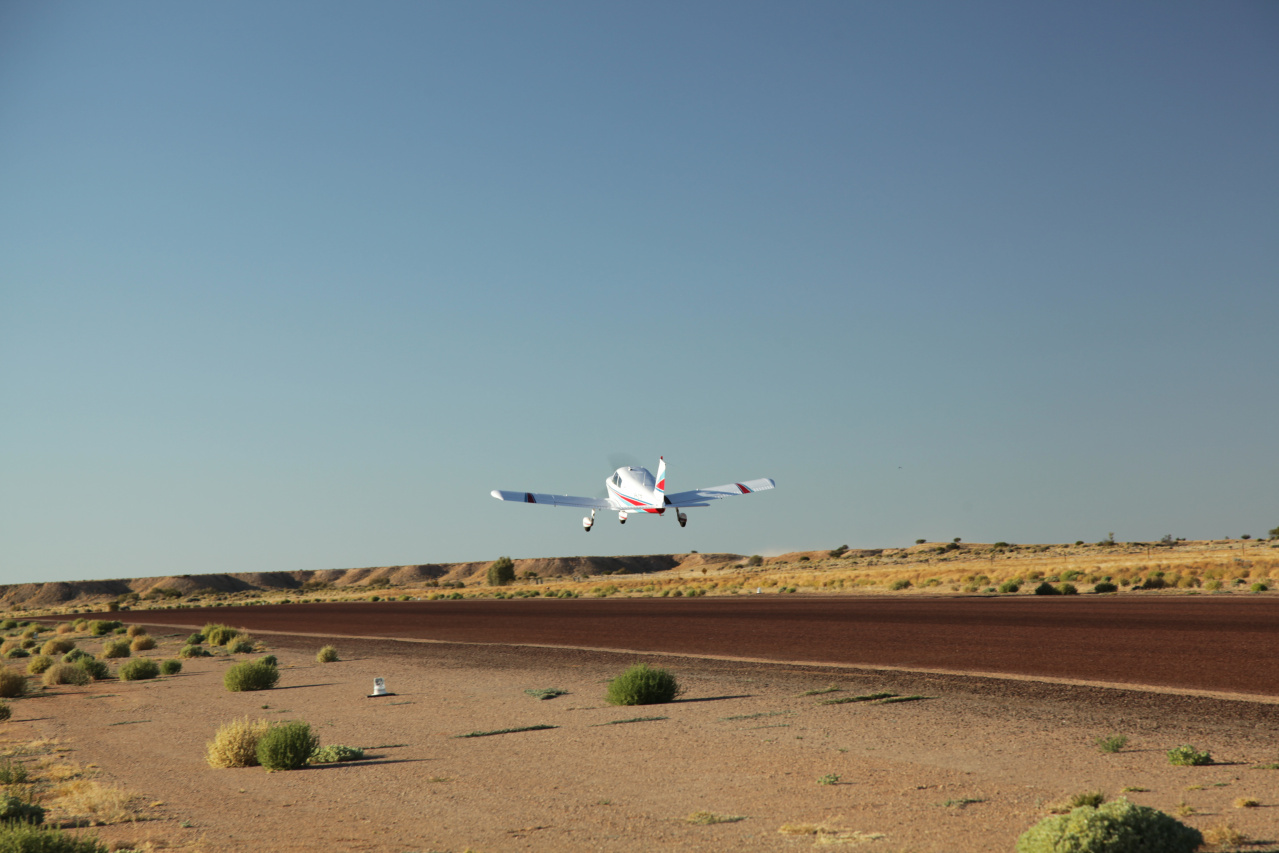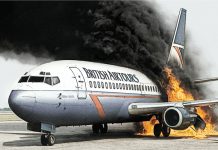This repost of a close call from 2010 is timeless in its lessons, and in its ability to raise a cringe
Name withheld by request
A common topic among pilots of my experience level (approaching a commercial licence) was the subject of an engine failure after take-off in a light single. The common lore was that you should turn no more than 30 degrees and land straight ahead. Never, ever, try and turn back to the field.
I was well into the ‘general handling’ section of the old commercial licence syllabus. You had 10 hours where you could find out a little bit more about your aeroplane and your own flying skills. Short field landings, short field take-offs, some aerobatics, basically whatever your instructor felt would be of benefit. For one exercise, Graham (name changed) suggested we go out to the training area and practise forced landings into a disused aerodrome. The logic was that we could go lower than the usual 500 ft AGL, as we were making an approach to a runway and therefore the exercise would give me a far more accurate feel for whether I would have ‘made it’ or not. The strip was dirt, quite short and in a moderately treed area otherwise surrounded by open paddocks. Approaches here had a real outfield feel to them. Another commercial student was at the school that day and was asked if he’d like to join us. The three of us set off in an old 140-hp Cherokee that would have been close to MTOW with partially fuelled tanks.
On the second approach my instructor told me to continue until he told me to go around. I glided the little Cherokee in and felt pretty pleased with myself as we approached the treetops. It was obvious that had this have been a real forced landing, the aircraft would have made the field and been able to land in the available distance. Just as we crossed the fence he told me to go around and we climbed away safely with the little excess power the Cherokee could muster. At about 400ft AGL, Graham said, ‘Taking over’ and I automatically relinquished control. He then simply stated: ‘What if your engine quit right now? Watch this.’ He pulled the power back to idle and flung the bird into a steep turn to the left. We hadn’t even traversed 60 degrees of arc when it became obvious that the rate of descent had become alarming and we weren’t going to be able to turn any more. Graham slammed the throttle to full power and levelled the wings and at that point the nose was aimed straight for the crown of a tree. In my mind, it wasn’t even a matter of whether or not we’d clear the canopy—as far as I could see, we were going straight through it.
With moments to spare, Graham lifted the right wing and, as we banked to the left, the canopy slipped underneath us. By now the stall warning light was flashing on my side of the glareshield, and the whole aircraft shook with stall buffet. Graham kept his hand hard on the throttle lever as if to push it through the dash and willing it for more power, as the aircraft sank further in the left turn and dropped below the treetops into a paddock full of cattle. Once again, I sat mesmerised by the seeming unreality of the situation. Again, I had no doubt about whether we’d make it or not—it was obvious we were going to crash in this paddock. But Graham coaxed her through the stall buffet and, as the airflow slowly smoothed over the wings and the stall light went out, we gently climbed away.
It was a pretty silent flight back to base, and our rear-seat passenger said nothing. Back at the school, he leaped out of the aircraft as if it was a burning wreck and launched into a string of near hysterical expletives. He never returned. Graham and I discussed the incident. His friend had had an engine failure after take-off and turned back to land successfully at the aerodrome from less than 500ft. Graham thought he could do the same. He asked me not to report the incident or to tell the chief flying instructor. Perhaps more fool me, but I didn’t. However, Graham had never done anything like this before and, up to this incident, I respected his skills and professionalism.
I decided to let it go and we never spoke of it again. Some years later flying as a first officer with a small airline, I met Graham’s friend, the one who had the successful turnaround, and told him the story. He was aghast. He told me that the aircraft he had been in was some sort of mini pylon racer. It was tiny and could virtually fit in someone’s lounge room. He said he’d taken off in the 29 direction at Bankstown and the engine had quit when he had nothing in front of him but the heavy tree line which followed the river. He did a U-turn out of sheer desperation and got away with it in this tiny, very light, high performance aircraft, but was later told by the boys in the control tower they had all hit the floor convinced that he was going to come through the glass. I think he managed to put in on a taxiway but, he insisted, only just. He emphasised he had been extremely lucky and couldn’t believe his old friend had tried to emulate it in an ancient, underpowered Cherokee.
What is there to learn from this incident? Firstly, it reinforces to never try and turn back at low altitude. Secondly, I should have questioned my instructor the instant he’d pulled back the power given our low altitude. Perhaps I should have gone further and reported the incident to the CFI. I can think of half a dozen accident reports that I’ve read where the assumption that the other pilot or pilots knew what they were doing shouldn’t have been made.
It all reinforces the point that in any multi-pilot situation, even if it’s an instructor and trainee, not only do you have the right, but also the obligation, to voice your concerns.
Have you had a close call?
Flight Safety Australia wants to hear about your close calls—and we will pay you $500 if yours is published. With our return to printed publication we need more close calls next year. They do not need to be as dramatic (or as frightening!) as the story above
Close calls can be from any sector of aviation—from paragliders to airline transport, including all types of rotary wing aircraft. We would also welcome close calls from aircraft maintainers, ground handlers and cabin crew.
Generally we prefer to hear about recent incidents to ones from many years ago, and civil close calls to military misadventures, but vivid stories with strong safety messages can break both these ‘rules’ and be strong contenders for publication.
Close calls need to be:
- between 450–1400 words
- written in the first person, ‘I’
- written in an active voice, e.g. ‘I lowered the gear’, not ‘the gear was lowered’
- written with a few lines or words of analysis after the event description
- accompanied by a three-line cover sheet consisting of:
- your name
- your email and phone contacts—to send you your money if published. (If you are tremendously confident of your literary prowess, you may include bank account details!)
- your preference to be named or anonymous.
A close call does not have to be an accident or serious incident. Any flight in which the unexpected brought a lesson in its wake qualifies. Take a look at our online close calls archive for examples.
Send your close calls to fsa@casa.gov.au






Comments are closed.